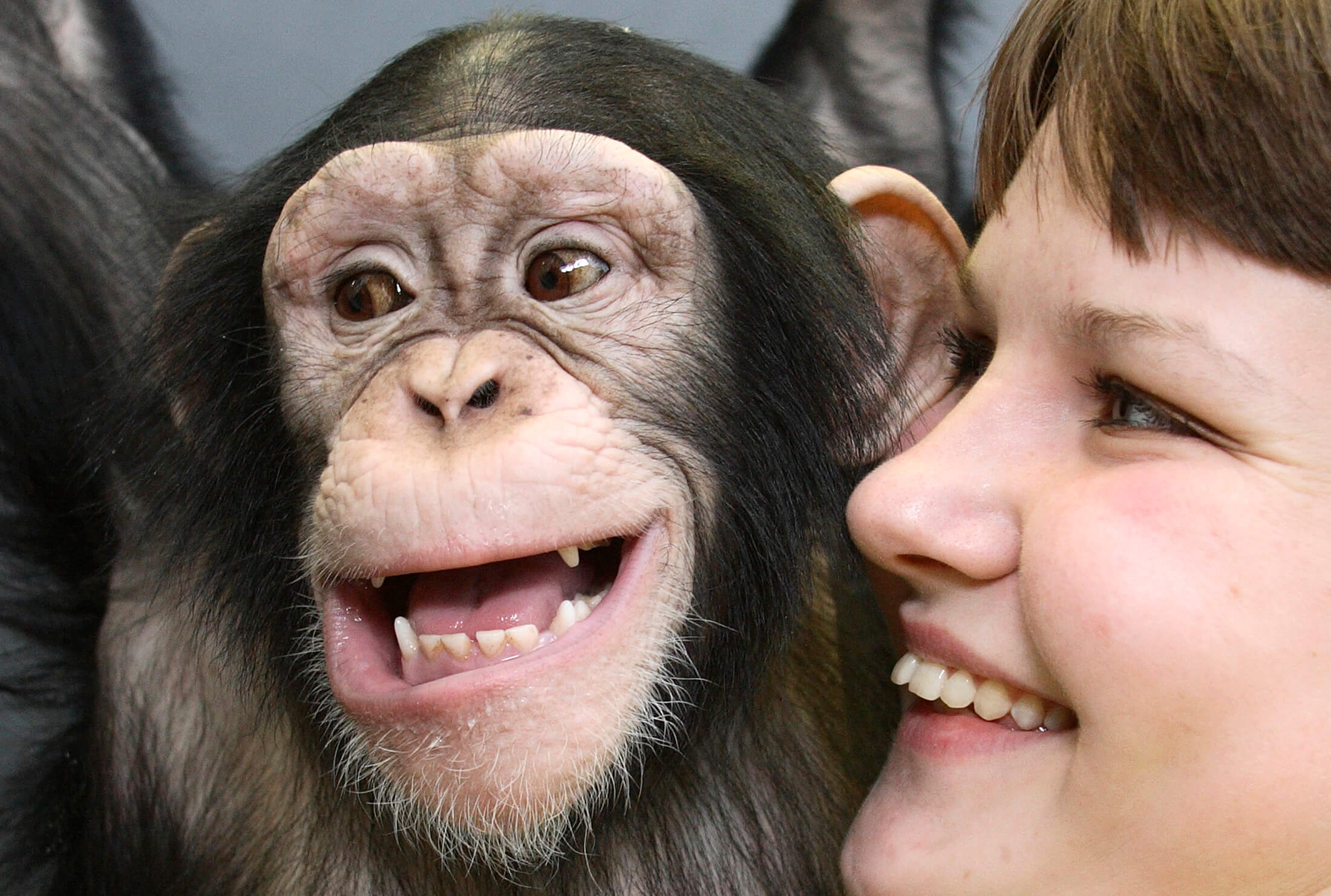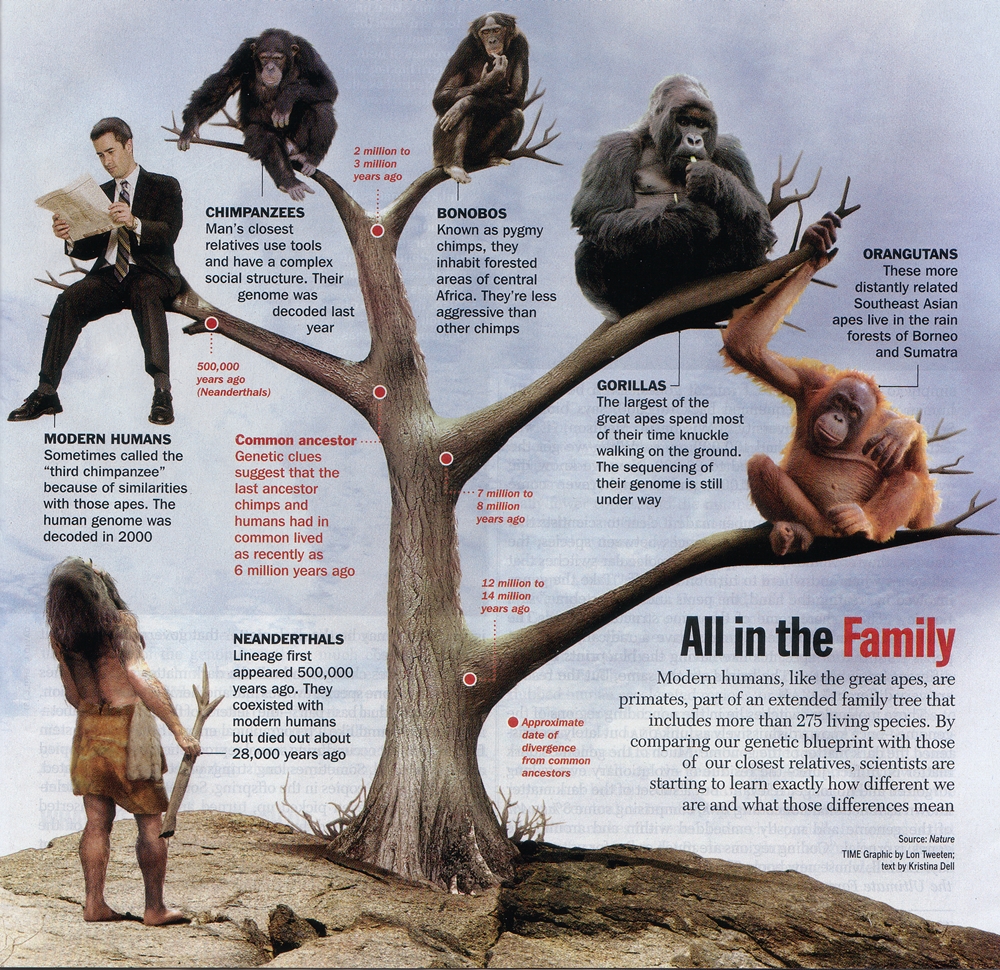


"Is the bonobo genome the secret to the biology of peace?" asked Hare, who was not involved in the new research. But chimps tend to use tools better and have bigger brains, like humans. Chimps have been documented to kill and make war. Bonobos share food with total strangers, but chimps do not. Bonobos stay close to their mothers - who even pick out their sons' mates - long after infancy like humans. "Humans are a little like a mosaic of bonobo and chimpanzee genomes."īonobos and chimps have distinctly different behaviors that can be seen in humans, with bonobos displaying what might be thought of as our better angels, said Duke University researcher Brian Hare. Bonobos make love, not war. The two apes are much more closely related to each other - sharing 99.6 percent of their genomes - said study lead author Kay Prufer, a geneticist at the Max Planck Institute in Germany.

It's as if they are siblings and we are cousins, related to them both equally, sharing some traits with just bonobos and other characteristics with just chimps.īonobos and humans share 98.7 percent of the same genetic blueprint, the same percentage shared with chimps, according to a study released Wednesday by the journal Nature. Scientists have found that we are as close genetically to the peace-loving but little-known bonobo as we are to the more violent and better understood chimpanzee. Now scientists have mapped the primate's DNA, and some researchers say that may eventually reveal secrets about how the darker side of our nature evolved. King said less than a month before he was assassinated.That messaging transcends location, race, and gender – and hit home this summer in a Waffle House a few miles from my front door.īehold the bonobo, our ape cousin that's kinder and gentler than the chimp or, well, us. King’s narrative.“Whenever you are engaged in work that serves humanity and is for the building of humanity, it has dignity, and it has worth,” Dr. “We believe that all workers deserve dignity, respect, and an opportunity to build a better future for ourselves and our families.”The video reminded me of a lesser-known speech from Martin Luther King Jr.: “All Labor Has Dignity.” Three years removed from the popularization of the term “essential worker,” our society has an opportunity to more deeply understand and revive Dr. “I am striking,” declared Keath Brown, an African American male. But what really warmed my heart was the boldness and diversity of the employees.John Schuessler, a white worker with distinctive pink hair, recalled the time an angry customer had a handgun in her waistband. The town, home to historically Black South Carolina State University, is near and dear to my heart as where my parents met.The workers’ demands included a safety plan to address a spate of fighting at Waffle Houses, an end to paycheck deductions, and a call for $25 an hour for all workers, cooks, and servers. The Instagram account of the Union of Southern Service Workers, fittingly named posted video testimonials from Waffle House workers in Orangeburg, South Carolina. Earlier this summer, while vacationing in California, I saw striking actors and writers near Universal Studios in Hollywood and in front of Comic-Con in San Diego.Yet even with increased labor activity, there was still a recent occurrence that hit me like a lightning strike.

Labor protests have been practically impossible to ignore during the past few months.


 0 kommentar(er)
0 kommentar(er)
